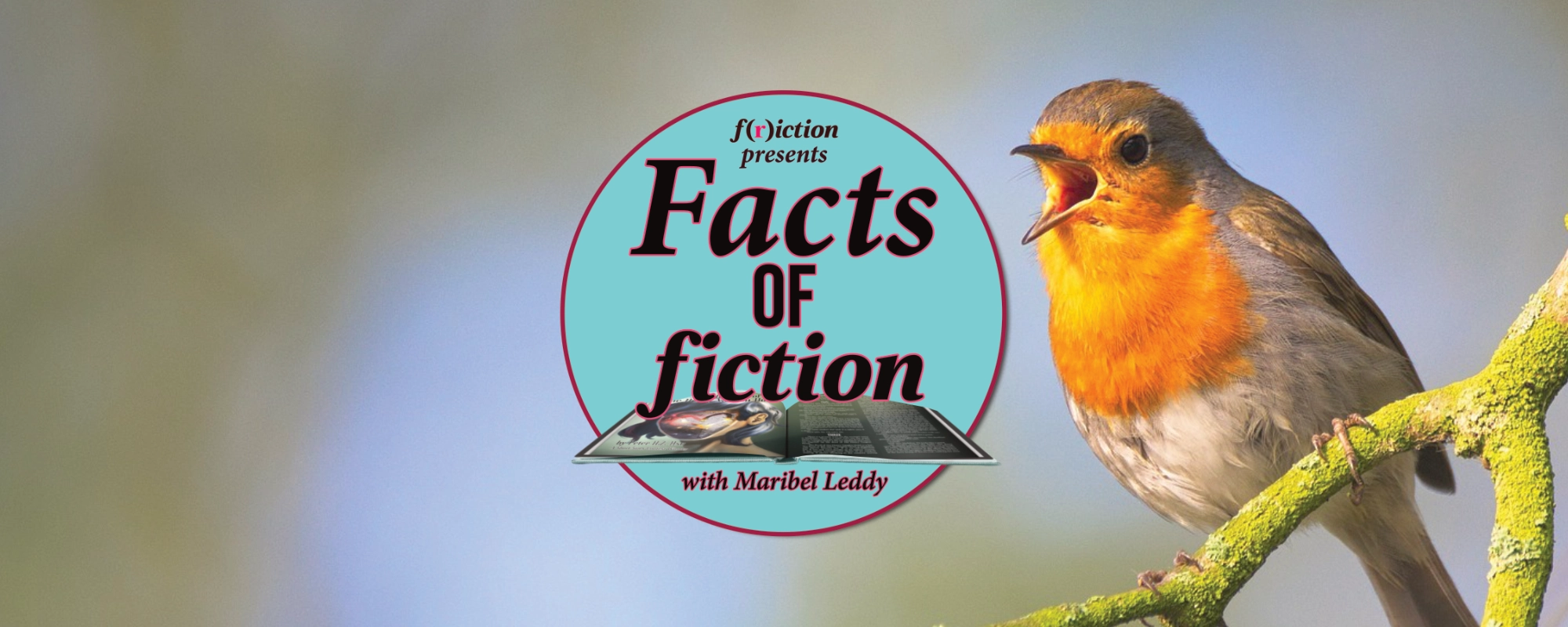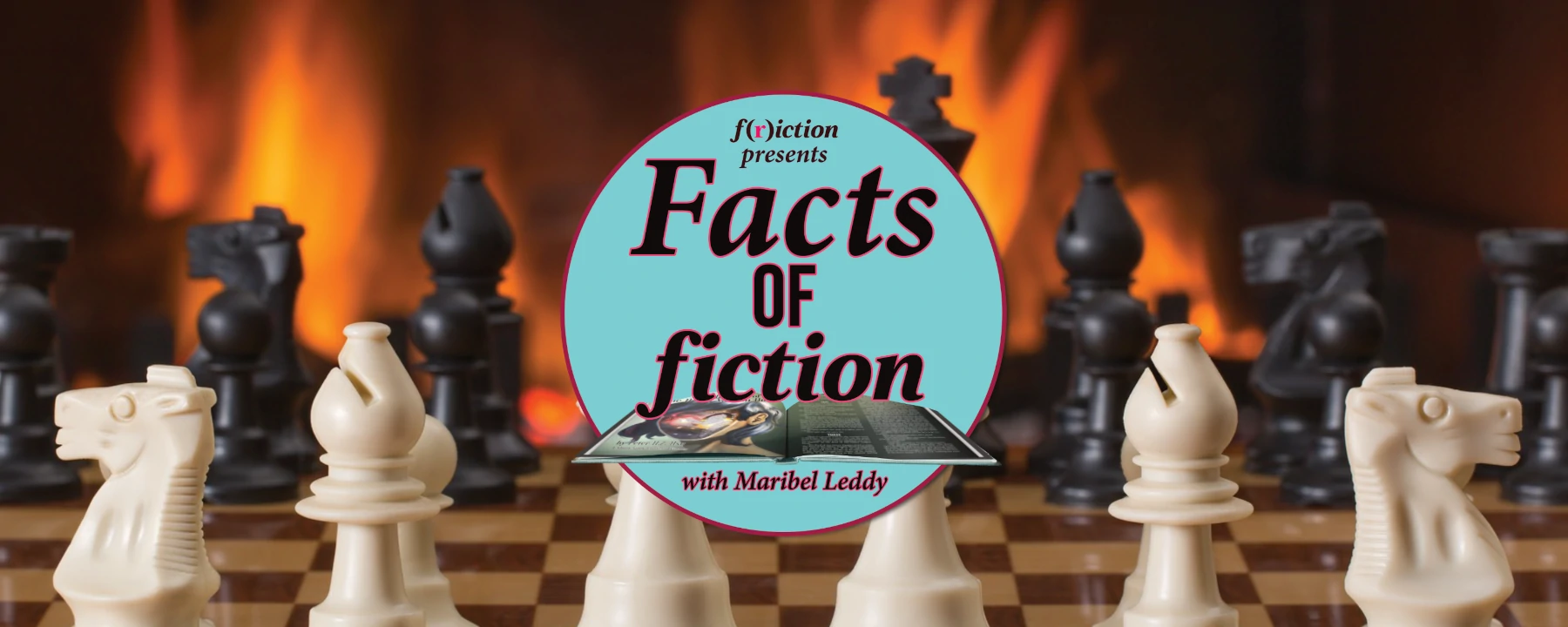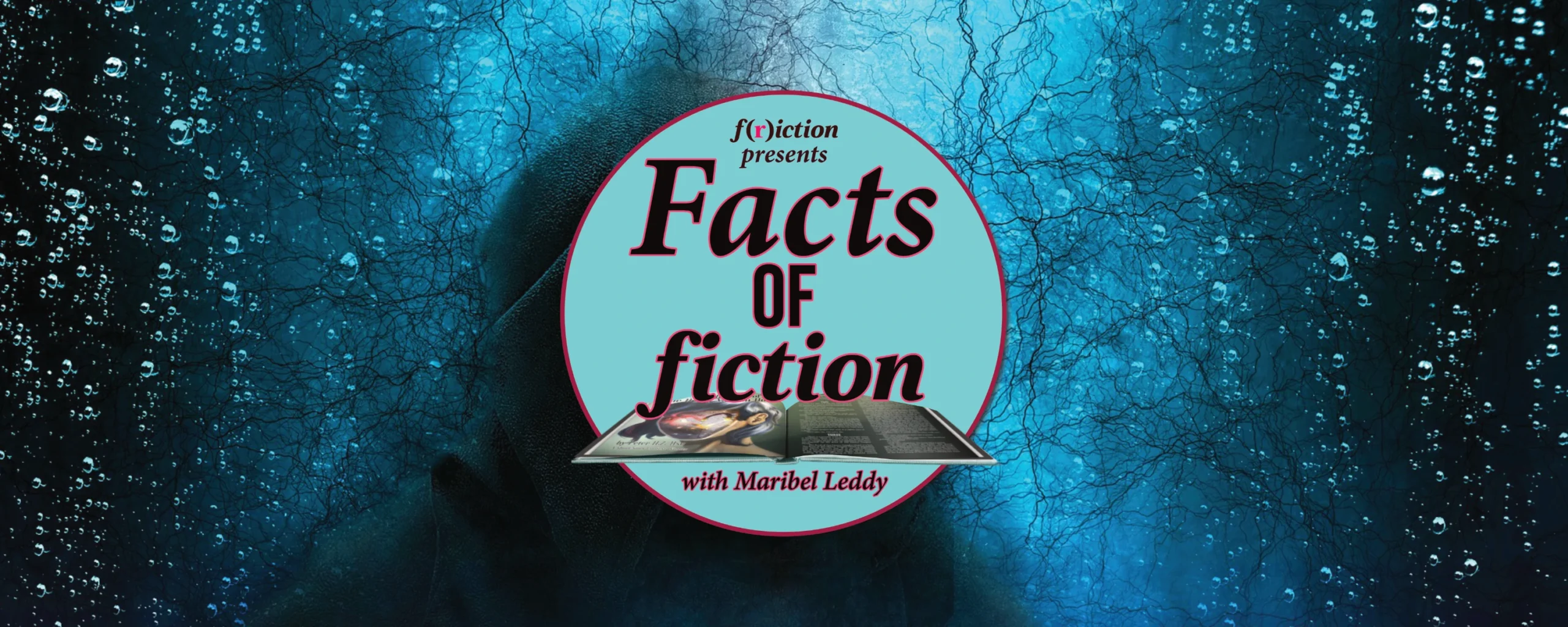
Discovering Your Narrative Voice
Now that you know what voice is, it’s time to find your own. This may seem intimidating at first, but really it just comes with knowledge and practice. Remember, narrative voice is made up of point of view, story structure, and pacing as well as the author’s and characters’ voices. As you begin to explore what your own writing voice sounds like, take risks and try different things. Your voice should be unique and stand out among other writers, but it should also still be accessible and match the theme and genre of your story. Think about writers you admire. What makes them stand out to you?
Ernest Hemingway, for example, is known for a concise, straightforward, and realistic writing style that moves the narrative along quickly. Despite a lack of flowery language, his simple descriptions still paint a clear picture and reveal deeper meanings underneath. Toni Morrison, on the other hand, describes her own writing style as “enchantment,” in which she blends historical realism with myths and supernatural tales. The overall effect is accessible language blended with varied sentence structure that brings a sense of magic to the words themselves.
These are just two examples of how voices in writing can be unique and how particular authors develop their own personal styles. Finding your own is an important step in establishing yourself as a writer.
Steps to Discovering Your Voice
- Experimenting
In order to discover your own writer’s voice, you need to try out different things: points of view, tones, styles, and pacing techniques. Find what feels comfortable to you but also don’t be afraid to try new things and take risks. Writing regularly will help with this. The more time you spend writing, the more you’ll experiment with different techniques, and the further you’ll get on your journey to discovering your voice.
- Self-Reflecting
As you embark on this journey, continuously self-reflect by asking yourself questions about your writing style. What feels natural to you? What seems to best fit your story? Which point of view do you like reading the most? Which do you enjoy writing the most? Would you call yourself more of a flowery, descriptive writer or more of a Hemingway-esque writer who lives in brevity? Answering these and other questions about your own writing style will help you on your journey. Journaling and having free-writing sessions regularly can help you with this.
- Reading Widely
Only by studying different authors and genres can you begin to get a true grasp on voice. Read diverse works from authors of all genres and areas of the world to influence and inspire your own work. For aspiring writers, these short stories are a good starting place for discovering distinct voices:
- A Rose for Emily by William Faulkner: Faulkner is known for his distinct, flowery writing style that involves long-winded descriptions and lots of adjectives. It’s not for everyone, but the style lends itself to the stories he tells.
- The Cold Equations by Tom Godwin: Science-fiction is known for its concise sentences and world-building. This short story embodies both while teasing out the deeper meaning hidden between every line.
- Bloodchild by Octavia Butler: This science-fiction piece, which explores the power dynamics of pregnancy and horror that can be childbirth, is set in first person, taking us directly into the eyes of the main character.
Take a look back at examples we’ve drawn on for this series if you’re looking for additional inspiration and voices to study. Plus, you can subscribe to F(r)iction for further reading!
- Staying Consistent
One way to help establish a strong, unique voice is by remaining consistent with your voice throughout a piece. While experimentation is a great place to get started and find your niche, the final product of a story must have a consistent, established tone in order to impact readers the way you want it to. Your voice should feel purposeful throughout every part of the story. In order to maintain a consistent voice throughout a piece, keep these three tips in mind:
- Stick to one point of view. Whether you choose third person omniscient, first person, or any other point of view, don’t switch between them in a single piece. Shifting point of view can be done, but it’s difficult to pull off and must be carefully planned—and very purposeful.
- Maintain a consistent tone. Whether you’re writing science fiction or literary fiction, stick to the tone that you start out with. If you’re going for a dark comedy, keep it dark and humorous until the end. If you’re writing suspense, maintain that air of suspense throughout the entire piece. Tone blending can, of course, be done, as many books and films demonstrate. But doing it successfully is difficult, and failing at it hinders a story.
- Be purposeful with your writing style. If you’re a more flowery, descriptive writer, make sure each word and description has a purpose within the narrative. On the other hand, if you prefer a briefer writing style, don’t avoid necessary descriptions just because you’re trying to keep it concise.
- Being Authentic
What does it mean to be authentic? It doesn’t necessarily mean you can only “write about what you know,” although that can be a part of it. What it does mean is that you should balance originality—original characters following an original plot and worldbuilding—with relatability—characters who act like real people, motivations that make sense, and actions that have realistic results. If it doesn’t feel real and authentic to readers, they might not stick around for more.
- Getting Feedback and Revising
Use feedback to help refine your voice. It’s essential to the writing process to share your work through workshops, writing groups, and beta readers. The iterative process of writing and revising is how you will ultimately establish your unique writer’s voice and have a final product. For tips on finding a writing community to workshop with, check out this blog!
Employing Voice by Genre
Genre is another important aspect that will help define your voice. While each specific genre doesn’t have a strict rule for what voice can sound like, there are some styles of writing that tend to better suit specific genres:
Science Fiction
Many sci-fi stories employ shorter, choppier sentences to help move detailed descriptions of imaginative worlds, complex technology, and speculative concepts along. It’s important to utilize precise language and clear descriptions to craft vivid images of the futuristic setting, advanced technology, and alien cultures that you are introducing to readers. Sci-fi stories must also balance fast-paced action scenes with slower, more contemplative moments that help build tension in the narrative and maintain reader engagement. Additionally, clear explanations are necessary for depicting complex scientific concepts and implementing technical terms.
Literary Fiction
Works in this genre tend to embrace flowy, stream-of-consciousness, or flowery language. Again, there are exceptions—Hemingway, for example—but because literary fiction lends itself to more real-to-life stories and familiar, relatable worlds, it’s easier to embellish the text without confusing the reader. In general, you can get away with a more experimental writing style when it comes to literary fiction. Ultimately, literary fiction tends to be more about introspection and character depth, diving into the inner lives of characters, more than other genres. Crafting dialogue that feels natural and true to life and weaving recurring themes and symbolism throughout the narrative will give it depth and intrigue beyond the more ordinary narrative.
Fantasy
Like science fiction, fantasy relies on heavy worldbuilding and immersive descriptions to develop a richly detailed world with its own history, cultures, and rules. Descriptive language is important here to paint vivid pictures of fantastical settings, creatures, and magic systems. Giving each character a distinctive voice that reflects their background, role within the world, and personality will help readers maintain a level of familiarity with it. Additionally, it’s important to balance action and description in fantasy, keeping the narrative engaging and dynamic. Use action to drive the plot forward while allowing descriptive passages to build the world and deepen character development.
Mystery, Thriller, and Horror
The goal of these works is often to create suspense and tension through pacing and tone. Authors like Stephen King, Agatha Christie, and Edgar Allen Poe have mastered the use of things like subtlety, foreshadowing, urgency, atmosphere, and the use of graphic and sensory details in order to imbue their stories with a sense of mystery, thrill, and horror. Throughout all of this, they maintain a consistent tone—one that aligns with the genre’s specific mood—ensure that each character has a distinct voice that reflects their personality and role in the story, and, most importantly, utilize the rules of “show, don’t tell.”
Exercise
Write down three to five books with an authorial or narrative voice you especially admire. Then, looking at a chapter or short section from each book, examine the parts that you think are making this voice particularly compelling: What POV do they use? What kinds of characters do they feature? Is the writing fast- or slow-paced? What kinds of conflicts are present in the story? Stylistically, what kinds of nouns, verbs, and adjectives does the author use? Are the sentences short, long, or mixed? Do they use a lot of metaphors and other figures of speech or are those sparing?
Practice Makes Perfect
If you take anything away from this blog, take away that in order to establish your own unique writer’s voice, you have to write. While there are plenty of tips I can give you, workshops you can go to, and exercises you can do, at the end of the day, only through practicing your writing—and reading a lot—can you truly implement a voice of your own. So don’t be afraid to journal every day and practice different styles! Take a look back at all the exercises we’ve featured in the Facts of Fiction series and tackle them with a new eye for voice.







